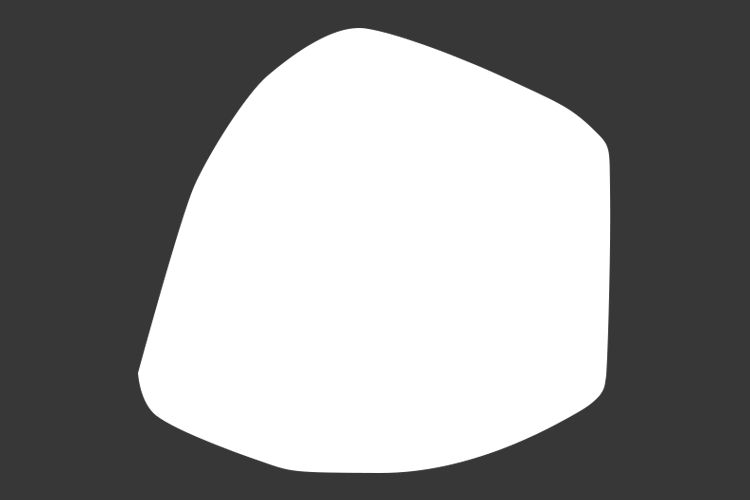Scheda punto di interesse
DESCRIPTION
The recent discovery of the ruins of a villa from the Republican Age in Colombara of Acqualagna, sealed under the roof collapse during the second half of the first century b.C. because of a fire, is so interesting.
The building was found on the northern edge of the valley of Candigliano River, in connection with a source of water; in pre-Roman times this area was a place of worship, as evidenced by the votive terracotta recovering (a head and pottery ceramic jars).
The villa has a rectangular plan and is composed of rooms arranged around a central courtyard. The walls are made up of rows of blocks of local stone, placed with regularity. Some areas were reserved to the productive sector of the ancient farm (pars fructuaria), as the warehouse with jars, the room for weaving (remains of a weaving loom), the wine cellar, with facilities for the processing of grapes (torcularia).
A system for the production of wine has been the excavated, consisting of a circular pressing platform, waterproof ducts and tanks with a layer of cocciopesto. Here is preserved the lapis pedicinus too, i.e. the stone base with two business for the poles that supported the large beam of the press.
In the northeast corner of the villa has been identified the base of a tower, in probable reference with a dovecote, which justifies the name that has been preserved for the site through the centuries to the present days.
Artifacts and painted black pottery were found intact; jars with charred agricultural goods, such as wheat, olives, nuts, beans, as well as agricultural tools and harness were found in the warehouse.
This material from the Republican Age was exposed in a recent dedicated Antiquarium opened in Acqualagna, with the collaboration of archaeologists from the University of Urbino.








